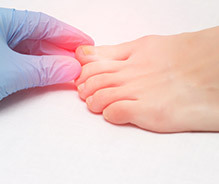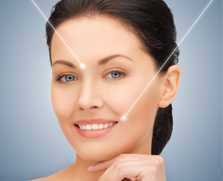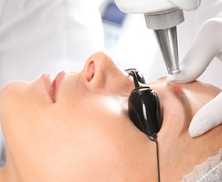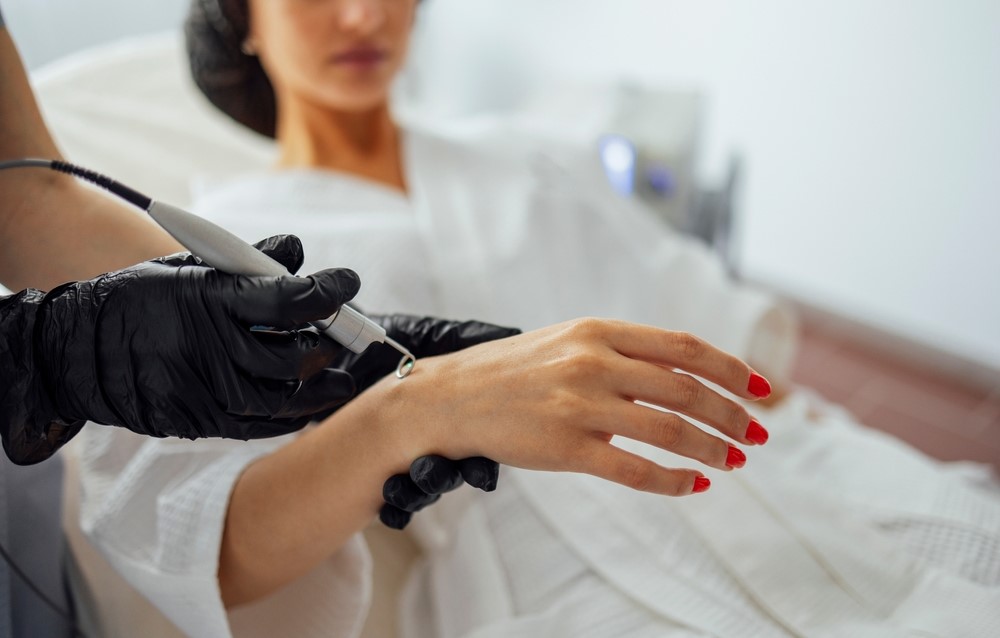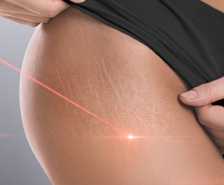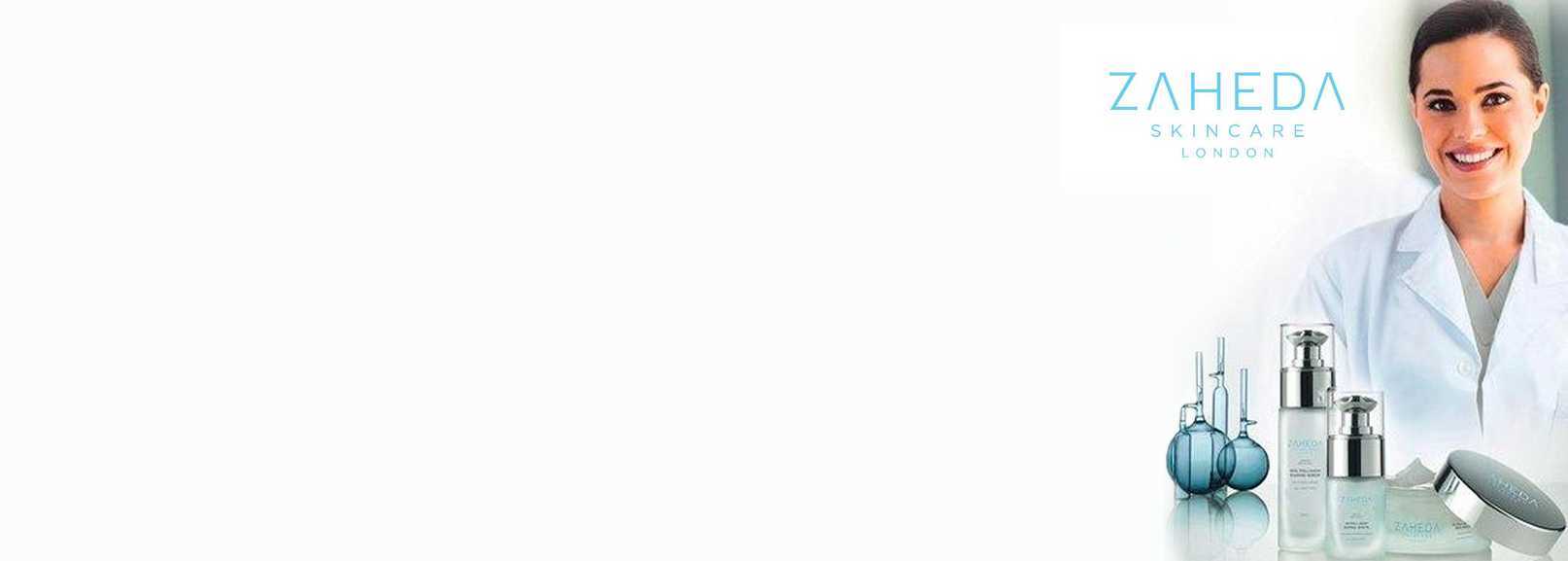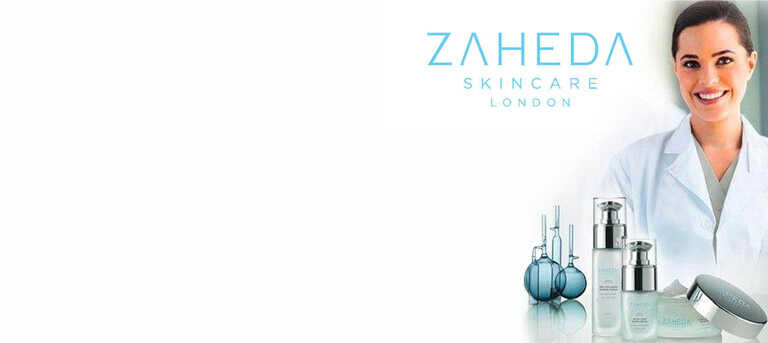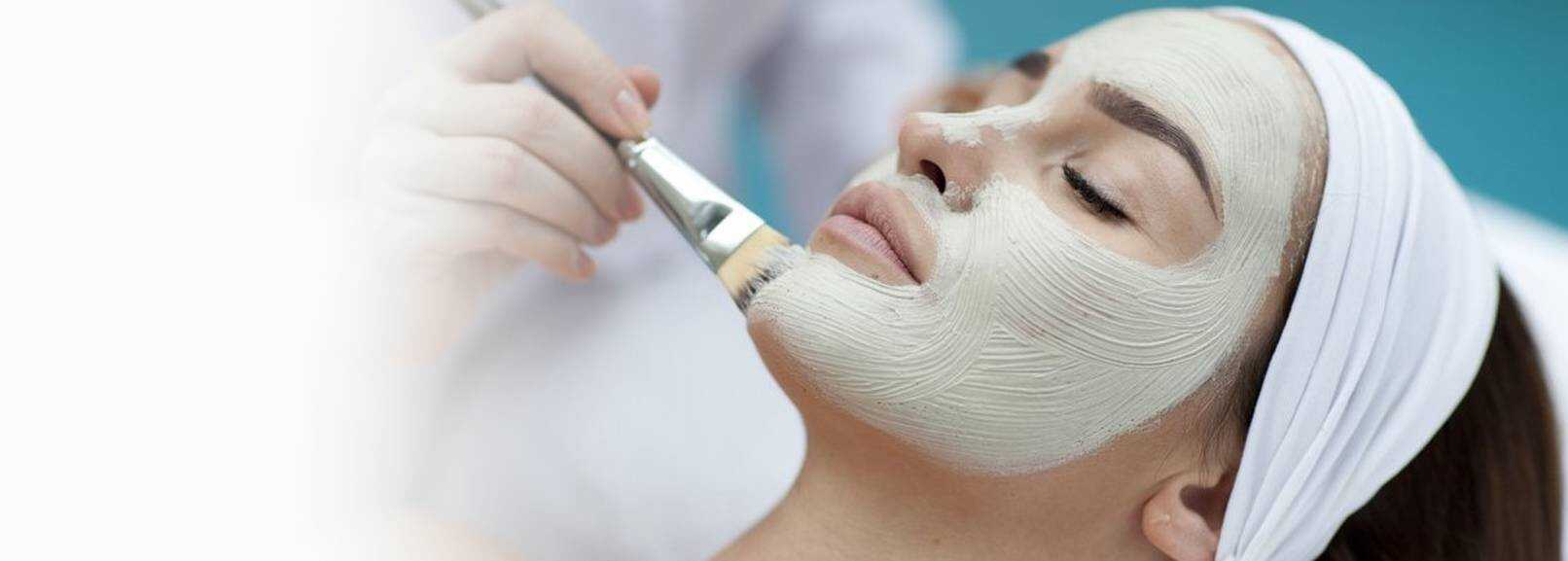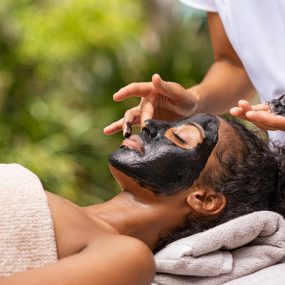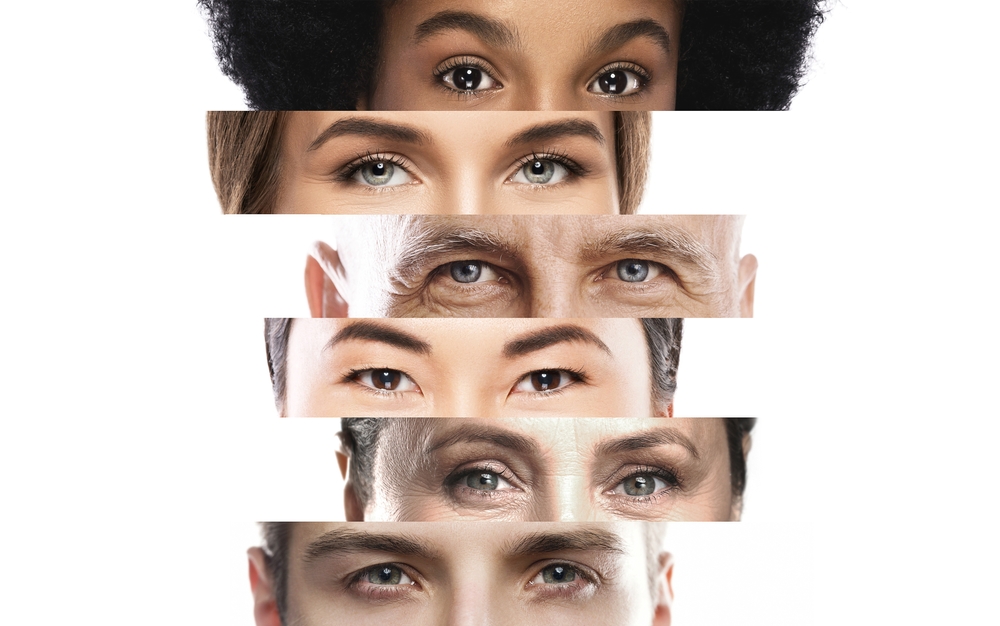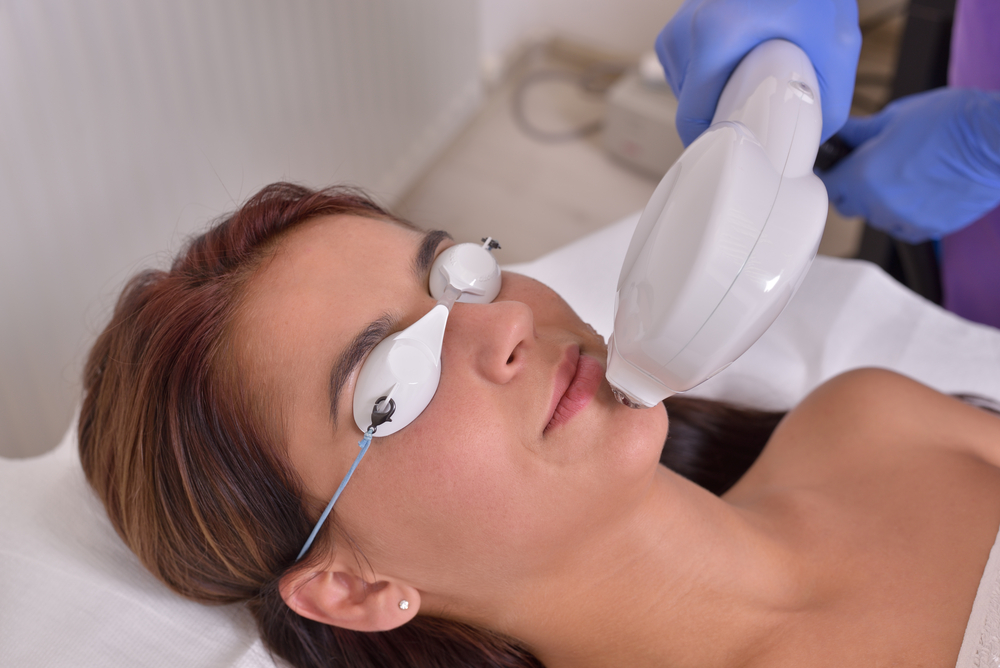Rosacea most often causes redness and spidery blood vessels to appear on the face, although it can also lead to itchy and painful swellings. It is for this reason that this chronic skin condition is sometimes confused with acne.
It can affect any area of the face, commonly erupting on the cheeks, forehead, chin and even the eyelids. The severity can vary from person to person, although some people may develop bloodshot eyes and even experience reddening of the nose, which can become slightly bulbous.
As with any condition that affects the face, rosacea can have dramatic effects on a person’s self-confidence. It is visible and can be difficult to camouflage, although makeup can help. Women are more likely to develop the symptoms, although men tend to display more severe symptoms.
Luckily, the appearance of the condition can be tackled with laser treatment. The redness is thought to be due to dilated blood vessels close to the skin’s surface, and so laser rosacea treatment targets these veins.
The haemoglobin in the blood absorbs the light from the laser and heats up, causing the blood to coagulate and the vessel cells to denature. The vessel subsequently collapses, reducing the redness seen on the skin.



